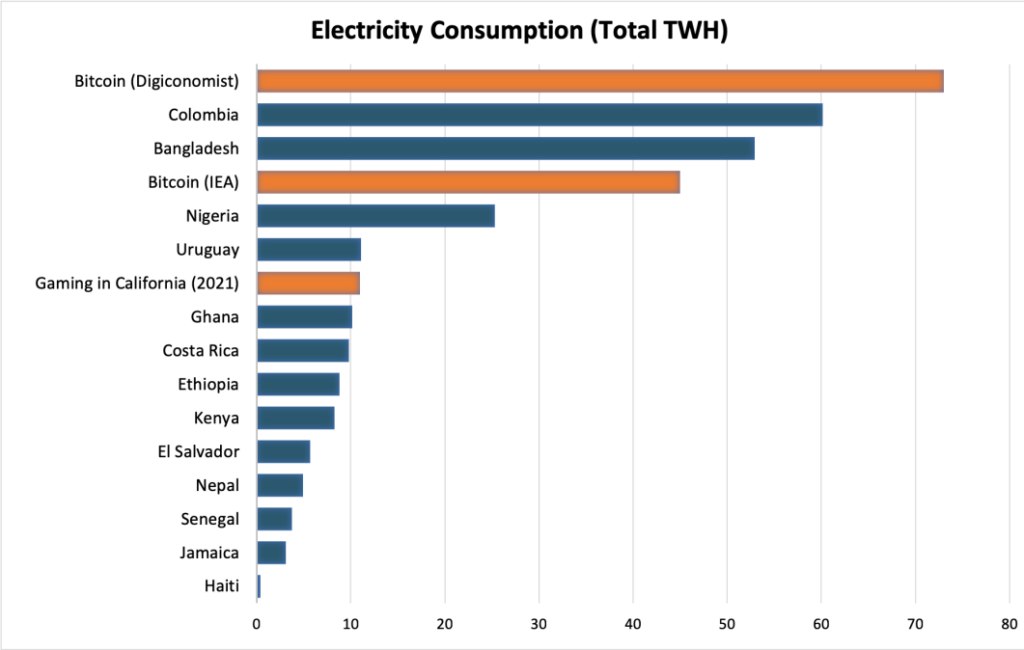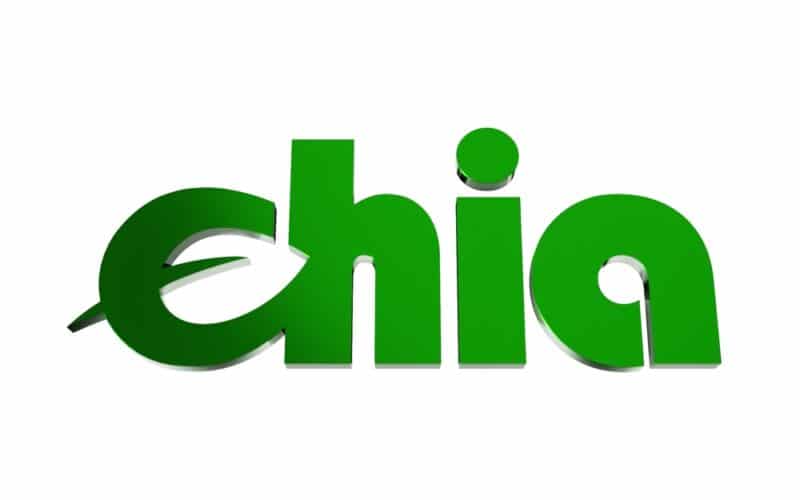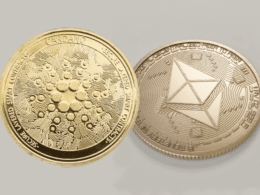Cryptocurrencies are often seen as a perfect replacement for fiat currencies prone to government manipulation and control. For the longest time, the focus has been on Bitcoin, as it was one of the first on the block.
However, at a time of growing global warming concerns, the focus is increasingly shifting to other altcoins seen as environmentally friendly. Bitcoin imploded from record highs of $64,000 a coin on Tesla CEO Elon Musk questioning the amount of energy from fossil fuels used to mine the coin. Tesla suspending Bitcoin payments all but triggered increased focus and spotlight on other altcoins considered to be environmentally friendly.
Chia is one such cryptocurrency that is sending shockwaves in the sector, given its eco-friendly credentials compared to other high-flying coins.
Eco-friendly Chia cryptocurrency
Chia is the latest crypto on the block that could provide the ultimate solution to dirty bitcoin mining operations. Created by BitTorrent inventor Bram Cohen in 2017, Chia is increasingly turning out to be the green money at a time of increased focus on environmental protection.

Chia differs from other cryptocurrencies, and most importantly, Bitcoin on the proof of time and space consensus mechanism it relies on to verify transactions. The process only depends on unused disk space on the user’s hard drives instead of energy-intensive powerful computers for mining.
Chia vs. Bitcoin
Chia is growing in popularity among environmentalists in a sector with over 5,000 alternatives stems from reports that it uses up to 10,000 times less energy than bitcoin mining technology. While Bitcoin relies on powerful computer processors for mining, Chia relies on hard drives.

Bitcoin is mined through a proof-of-work mechanism whereby powerful computers are connected to solve complex mathematical puzzles. Correct answers to the puzzles are rewarded with the mining of blocks that is added to the blockchain and a reward in BTC tokens issued. Computers consume a lot of electricity for mining which has always been the bone of contention.
The energy used in Bitcoin mining operations is often sourced from fossil fuels like coal, adding to the ongoing carbon footprint dilemma. There is already talk that Bitcoin mining operations could result in a carbon footprint the size of Singapore as Bitcoin mining currently uses 66 times more electricity than was the case at the end of 2015.
In contrast, Chia farming which is the process of creating new coins, leverages the proof-of-space mechanism. The process only requires people to show proof of empty hard drive spaces to house the Chia coin.
Rather than use powerful computers and large amounts of processing power to mine coins, the proof of space requires people to have storage plots in the form of hard drives whereby correct data is stored. Each time a block challenge comes up on the Chia network determines a winner depending on the amount of space allocated and the data stored on the hard drives. The winner gets rewarded with Chia coins.
The more free space a Chia farmer has on their drive, the more tokens they are likely to earn when a challenge arises. What this means is that people on the Chia network are rewarded for how much-unused disc space they can make available using the hard disk drives.

In this case, there is no use of energy or electricity to validate transactions and adding blocks on an ever-growing blockchain. The process only requires people to show they have been storing data over a certain period.
Given that it does not rely on mining, Chia is living up to green credentials as it does not eat up a high volume of electricity, as is the case with Bitcoin. Consequently, it has opened up a cost-effective for home users by acting as an alternative to energy-intensive bitcoin.
Chia hard drives controversy
Just like most cryptocurrencies, Chia is already courting controversy. The eco-green altcoin is accused of failing to live up to its environmental promises. Its success and growing popularity are increasingly triggering hard drives shortages. Prices for storage devices have skyrocketed in China and other parts of Asia in the recent past as Chia farmers look to accumulate a significant amount of hard drive space.

More demand for hard disk drives only goes to trigger mass production in industries to produce hard drives. The fact that the industrial production operations are mostly carried out using fossil fuel only goes against Chia currency eco-friendly claims.
Chia Farming is turning out to be extremely wasteful in reducing the shelf life of most hard drives. For instance, the shelf life of a 512GB hard drive has been reduced to 40 days while handling Chia coins, down from the usual lifespan of more than a decade. The amount of waste likely to come into play with the handling of the coin all but raises serious questions about how green it is.
Bottom line
Chia is an eco-friendly cryptocurrency that seeks to make digital currency easier to use than any other monetary option available. It is a green cryptocurrency that works much like Bitcoin but is not hazardous to the environment. It stands out from the pack because it leverages the proof of time and space consensus mechanism that consumes less energy than proof of work used by Bitcoin.
While Chia consumes far less electricity than Bitcoin, it is not the only green altcoin out there. The likes of Litecoin and Cardano also claim to be much more energy-efficient than the flagship bitcoin. SolarCoin goes the extra mile by minimizing energy usage and promoting cleaner ways that involve solar energy.








